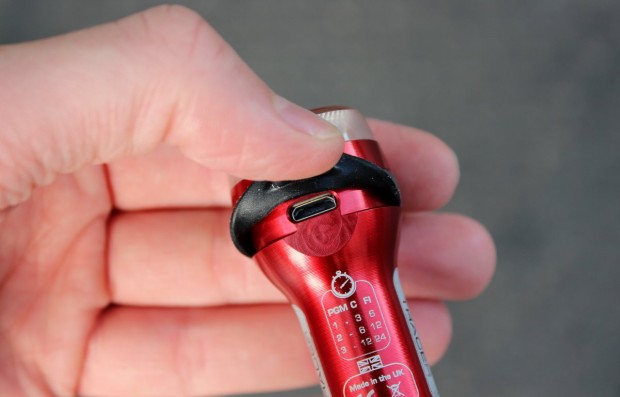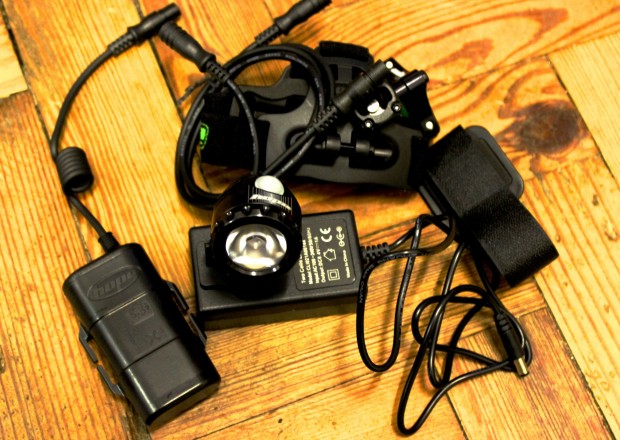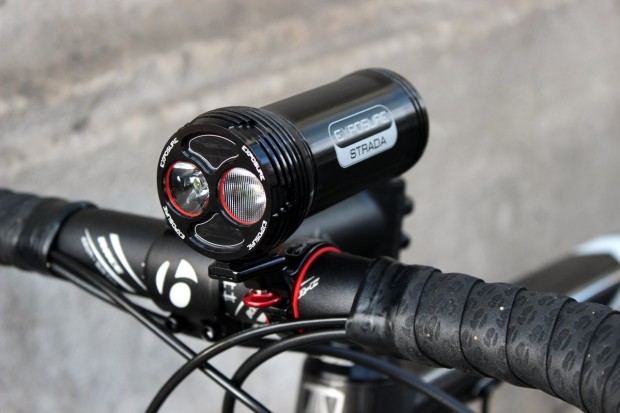Battery/charging
Batteries have improved dramatically in recent times, too. After all, what’s the point in having a super-bright light if its limited run time leaves you stranded on a dark road with a battery that has run dry?
Almost all bike lights use lithium-ion batteries, which are far more efficient than the old lead acid or NiMH batteries.

Battery run times vary dramatically. Never judge a book by its cover. Treat the manufacturer’s claimed run times with a little caution – they represent the best possible scenario (a brand new light, with a fully charged battery and an LED which is right on spec, for example). Lithium-ion batteries will also deteriorate with age.
Run time is, of course, extended when less power is used and most lights offer a range of settings, either reducing the output or turning the beam from steady to flashing.

Use your light intelligently (reduce the power output on well-lit roads) to ensure you have enough light for your whole ride and to maximise the run time between charges.
USB charging is all the rage and offers a quick, easy and convenient way to top up the battery’s juice. Just plug in your lights when you get to work to top them up before the ride home.

More powerful lights – for riding on unlit roads – will, naturally, require a bigger battery. This will either be integrated into the light’s housing, resulting in a bulky unit but one which is neatly packaged on your handlebar (like the Exposure Strada, for example), or it will come in a separate bag with a velcro strap, resulting in a small – in fact, often tiny – head unit, but with the bulky battery strapped to the toptube and a cable running between the two (the Hope R1, to name one example.





